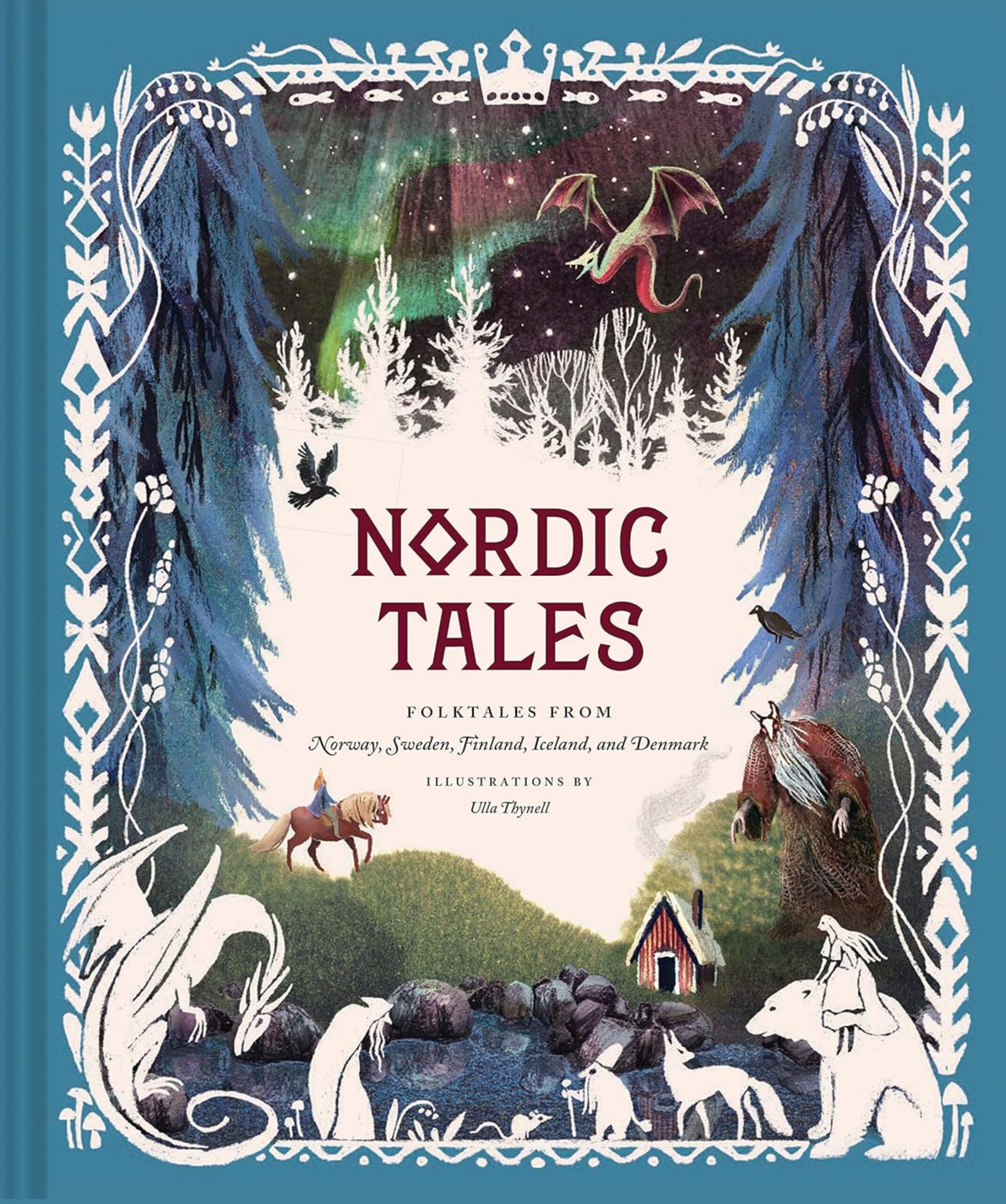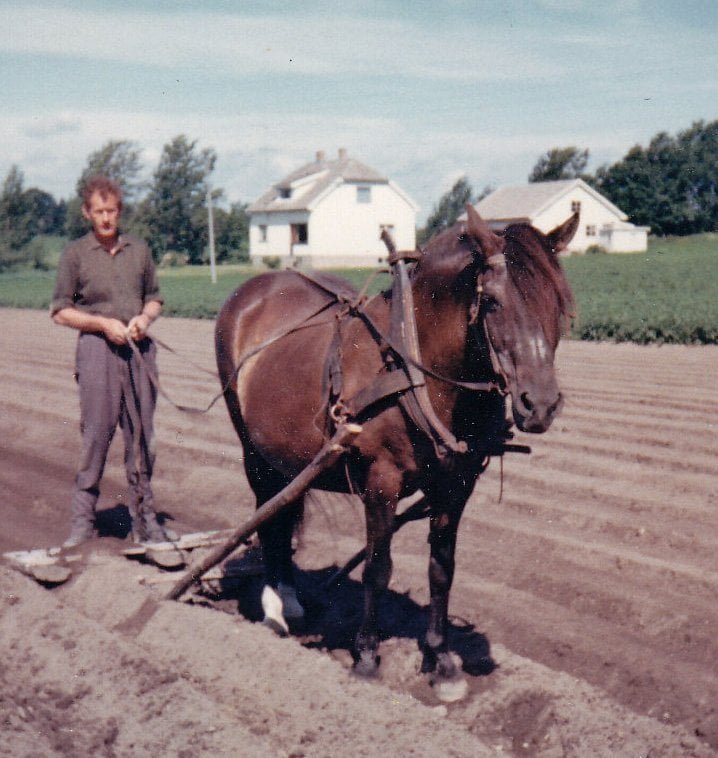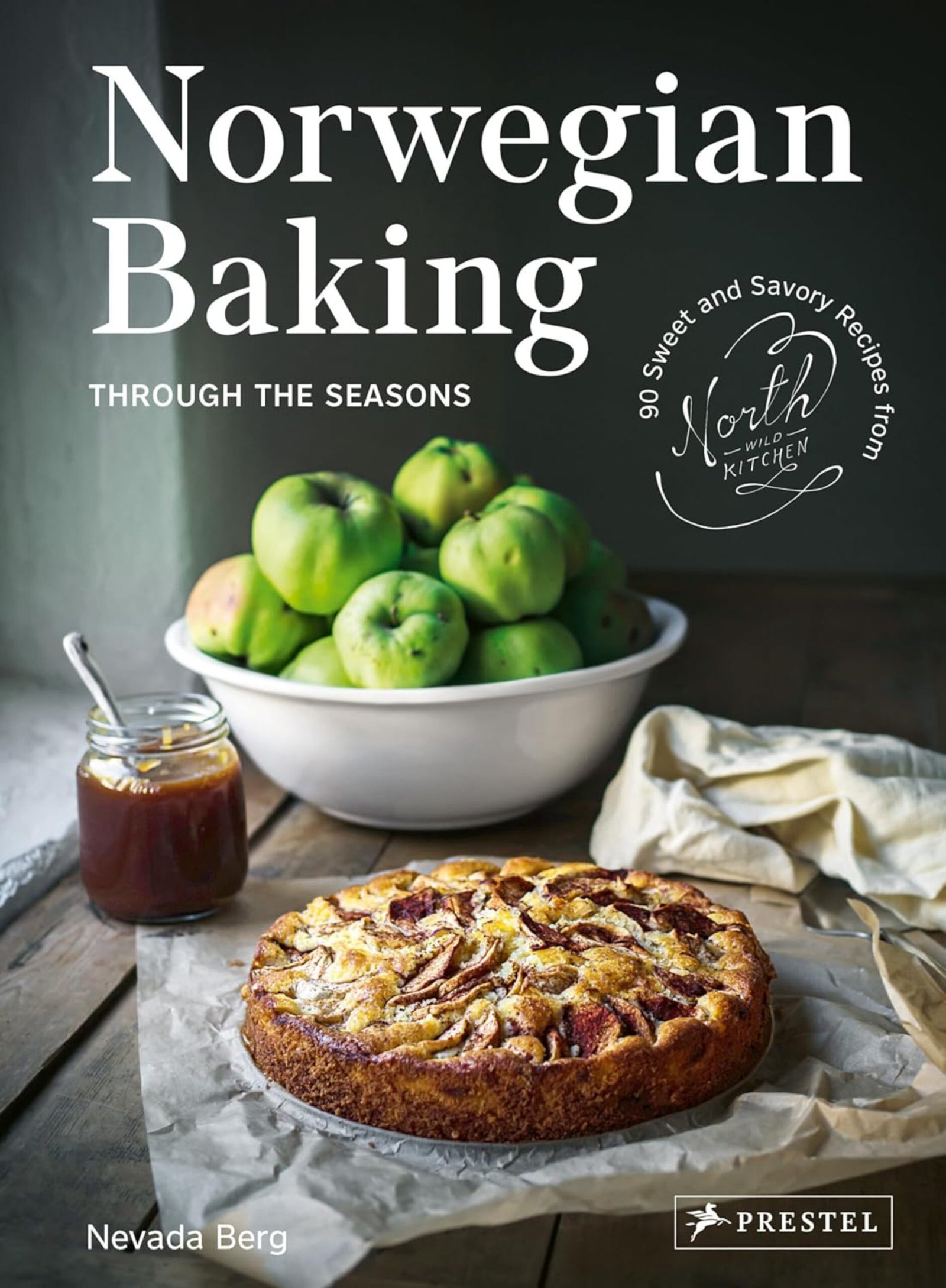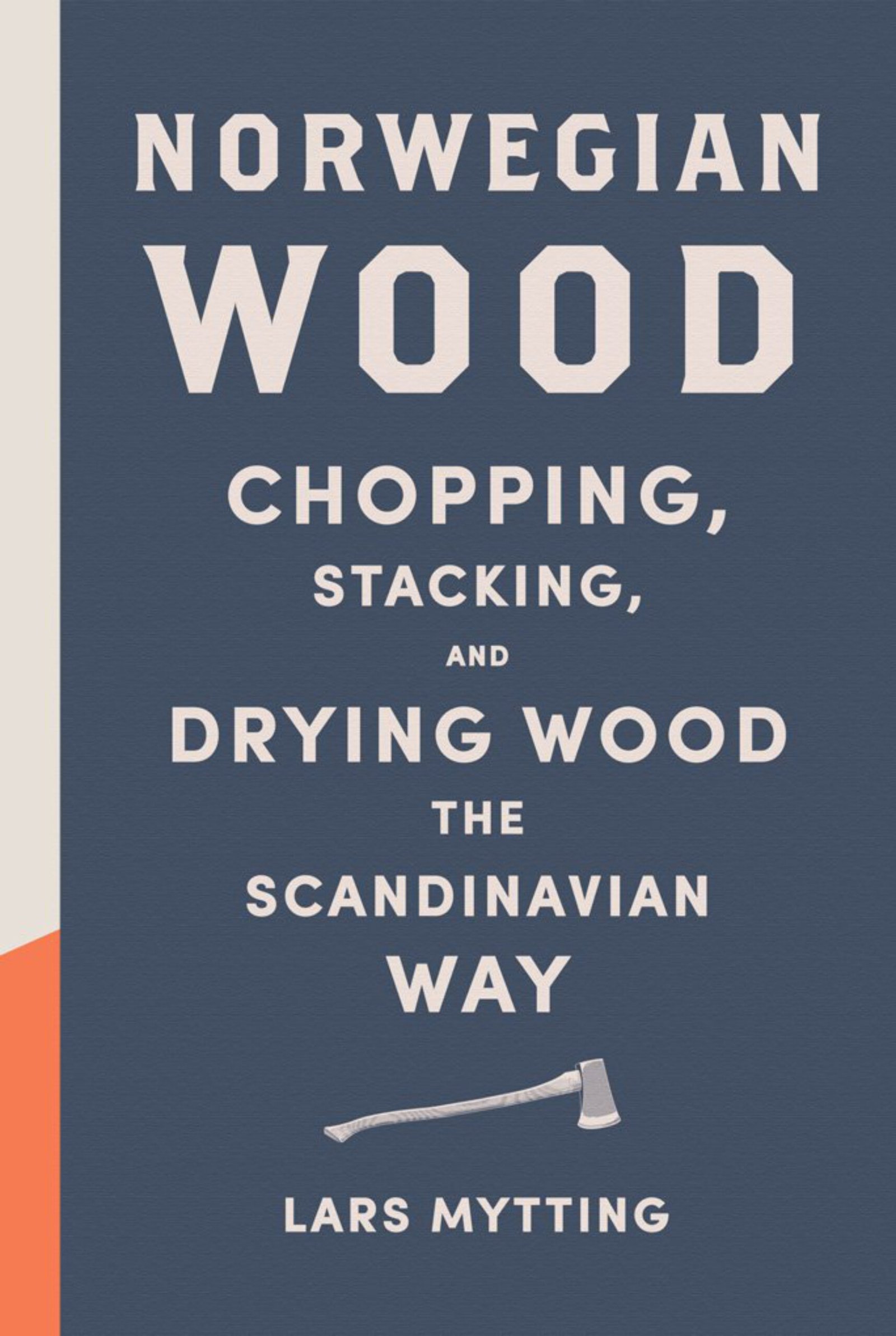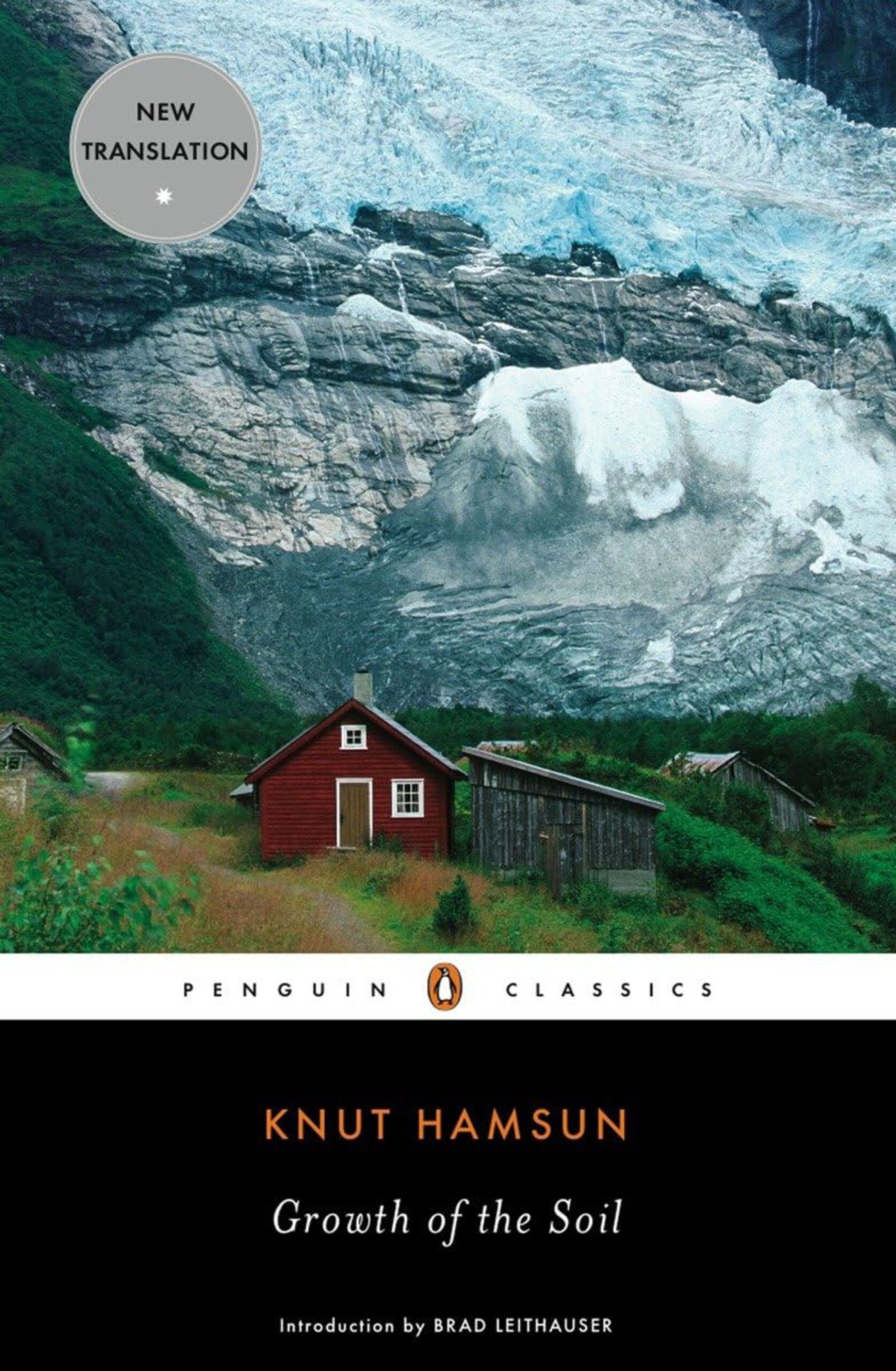Pronunciation
This is a story told and owned by Trygve Sandaker (1918-2014) – and by permission written down and passed on to future generations by LA Dahlmann.
A coordinated and efficient team
My name is Trygve Sandaker and I grew up on the Sandaker farm – in the municipality of Råde – in the county of Østfold in the south-eastern part of Norway. As the oldest son, it was my duty to lift the responsibility of running the farm from the shoulders of my hardworking parents, Olava and Jakob Sandaker – and to later pass it on to the next generation.
Working the land with the horses was always my greatest joy. Farmer and workhorse is a strong and efficient team. For the first nearly fifty years of my life, the horse represented the main pulling power in Norwegian agriculture and I am proud to have been part of that era. As a farmer, it was my job to ensure that the working horse had sufficient training – proper food and shelter – and all the care needed for it to be able to pull the heavy loads and succeed in its work. Much could be at stake during the most hectic periods of the year and time had to be used to the fullest. A lame or poorly looked after horse could soon become the make or break of this year’s all-important crops – the food that would feed the farmer and his family all through yet another long and cold winter.
Horse types and life expectancy
The Dole horse breed – Østlandshest or Dølahest – was the type of horse that was the most common around here – in the municipality of Råde in the county of Østfold, in the very southeastern part of Norway. The Dole would work the soil, haul timber from the forest and transport people and cargo. A good workhorse was the master of all tasks. The horse that was lucky enough to stay in good health and keep its legs sound and strong could easily reach the age of 20 years and more. The farm’s horses were faithful companions who often followed the farm’s young children well into adulthood.
During the 95 years that I have lived here at Sandaker farm, we have had a large number of horses living with us: workhorses, borrowed and rented horses, breeding animals, foals and youngsters – not to mention a number of harness racing horses. Just like humans, some of the animals became legends that we would talk about for the rest of our lives.
Fauna trotted eagerly both to chapel and to church
Even on Sundays, the harness was taken down from its place on the hook on the wall and the horse was hitched to the wagon. Off to chapel or church, we went – or maybe on a trip to visit our aunt Anette at Kjærstad farm in Garder in the municipality of Vestby. It was a long journey and one can only wonder how many hours it took to get there. I cannot remember ever staying overnight, so we must have gone back and forth on the same day.
Fauna is one of the big horse legends in our family and she stayed with us for many years. This mare was quite the trotter and very fast. On the trip to Garder she was the one trotting ahead – and our father Jacob had to make sure that he held a firm grip on the reins. Fauna was fearless and ran boldly up any barn bridge that came in her way. I no longer remember why Fauna had to go up the barn bridge at aunt Annette’s but up that barn bridge, she went. As I recall it through my childhood eyes – aunt Anette’s barn was large and certainly a barn to be reckoned with. Fauna was purchased at the age of one from a neighbouring farm. The way I remember it, we bought her at auction in connection with a bankruptcy.
My younger brother, Kjell Sandaker, also often talked about Fauna and our trip to Garder – so it must have made a big impression on him too. If we ever were to erect a monument in honour of the workhorses here at Sandaker, then Fauna would certainly be on that plinth. Sadly, we have no picture of her.
How many horses usually on the farm
Back then, Sandaker was a medium-sized farm. Normally, we had two workhorses of our own. Sometimes, we also borrowed or rented horses during the most hectic periods. In addition to the workhorses, we often had mares with foals and other young horses. One year, I remember we rented a horse during the summer season from a man who rented out horses for seasonal work. I wonder if the man’s surname wasn’t Laum or something similar. Occasionally, we also borrowed horses from other nearby farms – farms that had favourable soil conditions which enabled them to both begin and finalize the seasonal work earlier than we could.
With more horses we were able to get a lot more work done in a shorter period of time – for example by running a tandem in front of the harrow: that was quite something else. Bad weather was always the enemy and with double the horsepower, we could utilise the good weather windows to the maximum. By just renting a horse over the summer period we avoided having to feed an extra horse all through the winter – as it is costly to keep a horse. On our farm, there is not much forest and therefore we had a lesser need of horsepower during the winter months.
Our neighbour Henrik Solberg comes running down the field
Like most children growing up on a farm in those days, my siblings and I helped our parents with all the work that needed to be done. I don’t think I was more than 8 or 10 on that day when I was out in the fields with a horse and a wooden roller, putting the final touches to the soil after the grain was in the ground. The roller was made up of a partly hollowed-out tree trunk, with some kind of a sitting arrangement on top – plus a pair of shafts attached to the horse and its harness. It was a most simple but effective tool.
The horse must have suddenly stopped quite abruptly because I suddenly found myself lying on the ground between the hind legs of the horse and the heavy wooden roller. I cannot remember being scared – but if the horse been of the nervous kind, it could easily have bolted and my then tiny frame might have been injured for life. From afar it must have looked quite dramatic, because our neighbour and farmer Henrik Solberg, from the Solberg farm south, came running down the field to make sure that everything was OK. I think that our dad, Jakob – fairly or unfairly – got quite a telling off from Henrik Solberg on that day, for not properly looking after his offspring.
Rebergsokka – my first harness racing horse
Breeding and racing harness racing horses were always my big interest and hobby. This was an interest that I shared with my younger brother Kjell Sandaker. Our dad was also interested in horse breeding – however – horse racing was definitely not something that he valued very much. In his opinion, the horse should be working the land – and that was the end of that.
But both Kjell and I were pretty unstoppable on that front. During the first very many years, our racing horses had two purposes in life – their day job was to be a normal workhorse on the farm – and in our spare time, both horse and farmer practised maximum speed and endurance alongside the local dusty roads. The combination work and racing horse was the norm back then and the sport was quite different compared to what it is in our modern day: we did, for example, organise winter races out on the frozen lake of Vannsjø for many years.
My first harness racing horse was Rebergsokka – a coldblood (see pictures). According to the wonderful database of the Norwegian Harness Racing Association, she was born in 1942. Unfortunately, it does not list who the breeder was and sadly I do no longer recall who I bought it from. In the database, we can follow her pedigree all the way back to the 1800s. I also can’t remember how often she actually participated in actual races – or if I mainly bought her for breeding new potential race winners. I was young and I had big plans, I am sure.
Rebergsokka had three foals: Molynsvarta in 1951 which I sold to my brother Kjell – Reberg Steggi in 1952 – and Reberg Stegg in 1953. What happened to foal number two eludes me but according to the above-mentioned database foal number three, Reberg Stegg was sold to Rune Hamre in Fana outside Bergen.
Possibly, I bought Rebergsokka while I was still living at home at Sandaker – but more likely it was when I for a few years rented the Northern Klommestein farm in Ås, Norway. There I lived with my dear wife Agnes, born Lippert – and our firstborn son, Hans-Jacob, before moving back to Sandaker in 1950.
Those who still remember Rebergsokka remember her as a quiet and patient horse. But when casting my mind back to her younger years, I remember that she could be quite feisty. I particularly remember her kicking her hind legs pretty loudly into the wooden wall of the stable stall. At that time it was common for the horses to have a more narrow and open-ended stall rather than the enclosed box stalls that are the norm today. Rebergsokka would kick so hard that I wonder how she avoided seriously injuring her legs. It was probably mainly at feeding time that this happened.
Although I was a keen horse-trainer – I wasn’t often found in the sulky doing the actual racing. For that, we needed professional help. At the time, Karsten Buer was the best driver at the race track of Bjerke in Oslo and we all fought to get him to drive our horses to victory. His older brother – Nils Buer – and father Anders E. Buer – were also harness racing greats here in Norway.
I have to be honest and say that the racing didn’t yield much of a profit over the years – quite the opposite, in fact – but it was jolly good fun.
Many racing horses followed in the footsteps of Rebergsokka here at Sandaker farm and I continued having them until I turned 85. Vosse Gløgg was one of them. He was born in 1971 and the breeder was Jens Lyby, then a resident of Hølen, Norway. Jens Lyby was our nearest neighbour and acquaintance at the time when Agnes and I lived at Northern Klommestein farm. From the Norwegian census of 1910, we see that Jens Lyby was born on 20 August 1905 and that he at the time was living at Northern Urstad farm in Rygge, Norway.
There is no doubt about the fact that Rebergsokka is one of the legends here at Sandaker during the time that Agnes and I ran the farm – between 1950 and 1985.
Our father Jacob participating at the young horse show in Råde 16 January 1948
In a newspaper report dated Saturday 17 January 1948 (Moss Avis) we find the best proof of the fact that our dad, Jakob Sandaker, was above average interested in the breeding of Dole horses. The report includes the following:
Even a dozen degrees centigrade below zero did not manage to scare off 33 proud horse owners – and even more spectators – from attending yesterday’s young horse show at Karlshus in Råde. A heavy winter fog did its best to make the chill bite even sharper than it would have done in clear weather, and for some people, the four hours the show lasted was an impossibly long and cold event. But the people present showed great enthusiasm throughout. – The organisers did a splendid job and the judges had no difficulties when it came to making their decisions. There were a lot of fine horses – quite obviously as 14 out of 26 horses received one price or another.
Among the three-year-old mares, we find Mjøssnippa, owner Jakob Sandaker.
Among the 2-year-old mares, we find Fauna, owner Jakob Sandaker (this is not the same Fauna mentioned above as she lived many years earlier).
Among six out of eight mares approved for breeding, we find Svarta, owner Jakob Sandaker.
Turning up with three horses and getting a price for each and every one of them is no small feat. Head judge, Aksel Bjørnstad – a contemporary authority on the Dole horse – said at the event: «This is the seventh show in six days – and the show in Råde has been the best, without comparison.»
The start of the working day
Without food and drink, even the strongest individual cannot function. Such was the case for both man and horse. Our working day on the farm back in the olden days had a relatively fixed pattern.
We were up at six o’clock in the morning. Often we drank just a single glass of milk before starting the work of feeding and caring for the animals. There were cows to be milked, all the animals to be fed and watered – and their abodes were to be cleaned and made pleasant. It was important that they had a clean and dry environment.
After the first morning chores, we went back inside for breakfast. Now the clock could be ticking towards both eight and nine. Before the work on the soil could begin, both workhorse and farmer needed a hearty breakfast. And before the harness was put on and implements hitched, the horses were groomed and prepared. The horse’s four legs – joints, hooves and shoes – had to be checked and cleared.
Later, if the horse was particularly sweaty after a hard day’s work on a hot summer’s day we would sometimes wash it using a bucket of cold water. Generally, however, adult horses are quite clean animals.
When the weather was good, all the animals were put out to pasture during the summer season. Fresh, green grass and good access to water was nature’s own pantry. And it was heaven for the horses to wander leisurely about in the grass after toiling the soil all day.
Great people will be recognised by the shine of their harness
We have never really had any need to be seen as great people here at Sandaker – but the state of our horses’ harness should never be in any other condition than spotless. As a youngster, I took a course in how to maintain and maximise the lifespan of the harness.
The first thing that struck me when I recently saw that photo of me and Rebergsokka again was that the harness that she had on – well, it was not in a perfect state. The photo was taken close to the day when the use of the workhorse here at Sandaker was coming to an end. Old standards had started to give way.
On the farm, the various tasks follow the passing of the seasons. After Christmas – in very early spring – a week or two were usually set aside for a thorough maintenance session involving of all of the harnesses and the related equipment on the farm. All the menfolk would gather in the farm’s cookhouse (bryggerhuset) for the work.
Everything had to be scrutinised, repaired, polished and cared for to make it as good as it possibly could be. Everything had to be in a tip-top shape for when the work on the land started in the spring.
Such tasks separated the great from the mediocre farmer. If you looked after your belongings they would serve you well for many years. In addition, to show a man’s abilities as a farmer, it was also simply good economics.
The horse must be shod
Thanks to today’s great interest in leisure horses and racehorses, the knowledge of how to shoe a horse is still very much alive. This unlike the fate of so many other of the old farm-related skills and occupations.
In the old days, shoeing was mainly carried out by the local blacksmith. Shoeing a horse is a proper skill and cannot be performed by just anyone. I have myself never learned how to shoe a horse as I left that job to the professionals.
Fauna was a good example of why the shoeing was best left to someone in the know. When trotting, she had a tendency to stroke or knock her hind legs together and was often sore-legged because of it. Proper shoeing was the only thing that prevented this from happening – and it was only the blacksmith at Karlshus that could do it right. I remember his name as Olavsen and he had his forge in Skråtorpveien – close to the Furuly parish assembly house in Råde. He must have been particularly skilled at doing this – as our regular blacksmith at Rygge was unable to compete. I remember his forge and the blacksmith himself very well.
The blacksmith had a very important function in the old farming communities. Today, the traditional blacksmiths and their forges – just like the workhorses on the farms – are long gone.
Rebergsokka and Jakken Kongen – the last workhorses at Sandaker
Rebergsokka is historic in my life because she was the first harness racing horse that I owned. BUT – she is even more historic in her role as the last real workhorse here at Sandaker farm: Rebergsokka and her contemporary Jakken Kongen. It is only now when I think about it in detail that I fully understand the importance and greatness of it.
The photo of Rebergsokka and me that you see in connection with this article is taken in the mid-sixties – when she was twenty-three years old or so – and I was approaching fifty.
Rebergsokka was allowed to grow old on the farm – and she had a long and good life. We have so much to thank her for. She was stable and reliable in her work and we were a good team.
Jakken Kongen, a red gelding, was also here at Sandaker at the same time as Rebergsokka. He was born in 1946 and was the son of Salome-Jakken (mother) and Mjøsvinn (father). Mjøsvinn is listed with as many as 184 descendants in the Norwegian Harness Racing Association’s database – so he must have been a horse extraordinaire.
Incidentally, Mjøsvinn was also the father of Jovinn which in turn was the father of Øresokken which belonged to my brother Kjell Sandaker. Erling Sorensen is listed as the breeder of Jovinn. At the time, he was the leaseholder of the Rabekk farm in Moss and he was a friend of my brother Kjell.
Both Rebergsokka and Jakken were eventually and inevitably sent to the slaughterhouse in Moss. Rebergsokka I think in 1966 when she was 24 years old. Even though they both had a long and good life here at Sandaker, the day they went must have been a day of deep mourning for all of us who had lived and worked alongside them for so many years. It also marked the end of an era at Sandaker – and in Norwegian agricultural history in general.
Tractors and a time for change – so many things were lost
We got our first tractor as early as in the 1930s – I think a McCormick Deering tractor. But it was a beast of a machine and was only used for the heavier tasks like ploughing and harrowing. We were of the opinion that the soil was too tightly packed together using this large machine – and not airy and natural as was the case when using the horse.
The tractor was not yet a tool we would use when otherwise working on the land. For that, we still used the horse for many years to come.
In 1952 we purchased a Ferguson tractor and from that day onward the role of the horse gradually started to subside.
It is not only the horse that has disappeared from the old rural landscape of Råde – and from this part of the country. Most barns and pigpens are empty these days. A few decades ago, animals were grazing on every farm – now they are nowhere to be seen. Soon no one will remember this way of life.
I know only too well myself how much work is required for active animal care, and it is understandable that many people have opted out when it comes to this part of traditional farming. Still, it is strange that the disappearance of domestic animal keeping has been so fundamental. Today, in this part of the country, only a very small number of farmers are still engaged in, for example, milk production.
Here at Sandaker, we had milk cows until 1968, when the barn and the stable were converted into pigpens. Eventually, the pigs were also just a memory. Today we have only poultry left on the farm – albeit on a large scale.
Erecting a virtual monument
The workhorse is completely gone from agricultural life in Norway. As with all of life’s strong memories, it is with regret that I accept the significant changes that have taken place during my lifetime. I wonder if we will ever see the horse working the Sandaker soil again in the future. Or maybe those days are gone forever. If so, Rebergsokka and Jakken Kongen were the last of the working horse legends here at Sandaker farm. And my generation was the last generation walking behind them – urging them along.
They deserve a big thank you, Fauna, Rebergsokka, Jakken Kongen and all the other horses who have contributed over the centuries. We will probably never erect a physical monument in the yard but we will at least erect a virtual monument through these written words. A thank you I also send to my mum and dad, Olava and Jacob Sandaker, who taught me everything I know about animals and the work on the soil. A knowledge that I to the best of my ability have attempted to develop further and pass on to my descendants – which, incidentally, perform formidable and impressive work on the farm today.
At some time in the future, maybe a farmer at Sandaker will again put cows in the barn and horses in the stable. Whatever happens – I send a greeting to all agricultural labourers – both now and in future generations. Whatever choices we make when it comes to how we work our land – they will be based on ancient traditions – and will be important for humanity’s journey and survival on this planet Earth.
Main sources: Det Norske Travselskap, Moss Avis 17. januar 1948.
